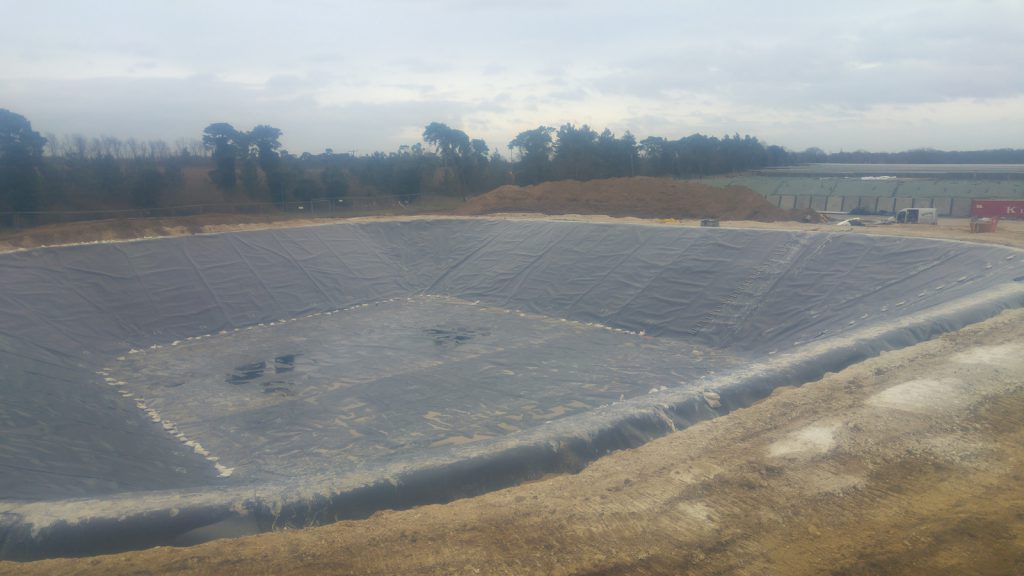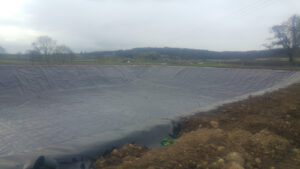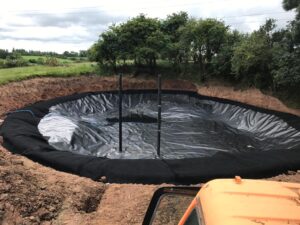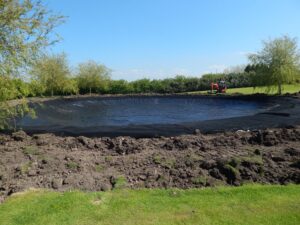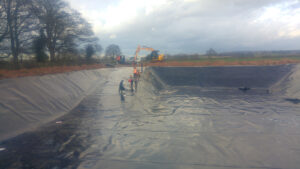In the realm of energy extraction, fracking pads and storage lagoons play pivotal roles in facilitating the process of extracting natural resources like oil and gas. These components form integral parts of the infrastructure employed in the extraction process, allowing for efficient operations and resource management.
Fracking Pads: The Foundation of Extraction
Fracking pads serve as the operational hub for hydraulic fracturing, a technique used to extract oil and gas from underground rock formations. These pads house the machinery and equipment required for the extraction process. They provide a stable base for drilling rigs, pumps, and other machinery essential for accessing the subterranean reservoirs of natural resources.
Functionality of Storage Lagoons:
Storage lagoons complement fracking pads by offering a containment solution for various fluids used in the fracking process. These lagoons typically store water, chemicals, and other substances vital for the hydraulic fracturing process. They provide a secure and designated area for the temporary storage of fluids before, during, and after the extraction process.
Environmental Considerations:
Efforts are made to ensure that storage lagoons adhere to environmental standards. Measures such as lining systems are employed to prevent potential leakage or seepage of fluids into the surrounding soil and groundwater. Proper containment in these lagoons is crucial for preventing environmental contamination.
Fluid Management and Reuse:
Storage lagoons play a role in the management and recycling of fluids used in hydraulic fracturing. After the extraction process, fluids recovered from the lagoons undergo treatment and may be reused in subsequent fracking operations. This recycling practice aims to reduce water consumption and environmental impact.
Community Impact:
Fracking pads and storage lagoons are often situated near local communities. Efforts are made to minimise disruptions to nearby residents through measures like sound barriers and landscaping. Additionally, regular monitoring and adherence to safety protocols aim to mitigate potential environmental and community impacts.
Conclusion:
Fracking pads and storage lagoons are essential components in the extraction of oil and gas resources. While these facilities play key roles in facilitating the extraction process, their proper management and adherence to environmental standards are imperative. Their functionality, fluid containment, and recycling efforts underscore their importance in balancing energy needs with environmental responsibility in the realm of resource extraction. As technologies evolve, the focus remains on optimising these facilities to ensure efficient resource extraction while mitigating environmental impact.
To find out more about our products and services and how we can help you, please contact us using the below –
Tel: 01695 228626
Email: enquiries@enviroseal.co.uk

